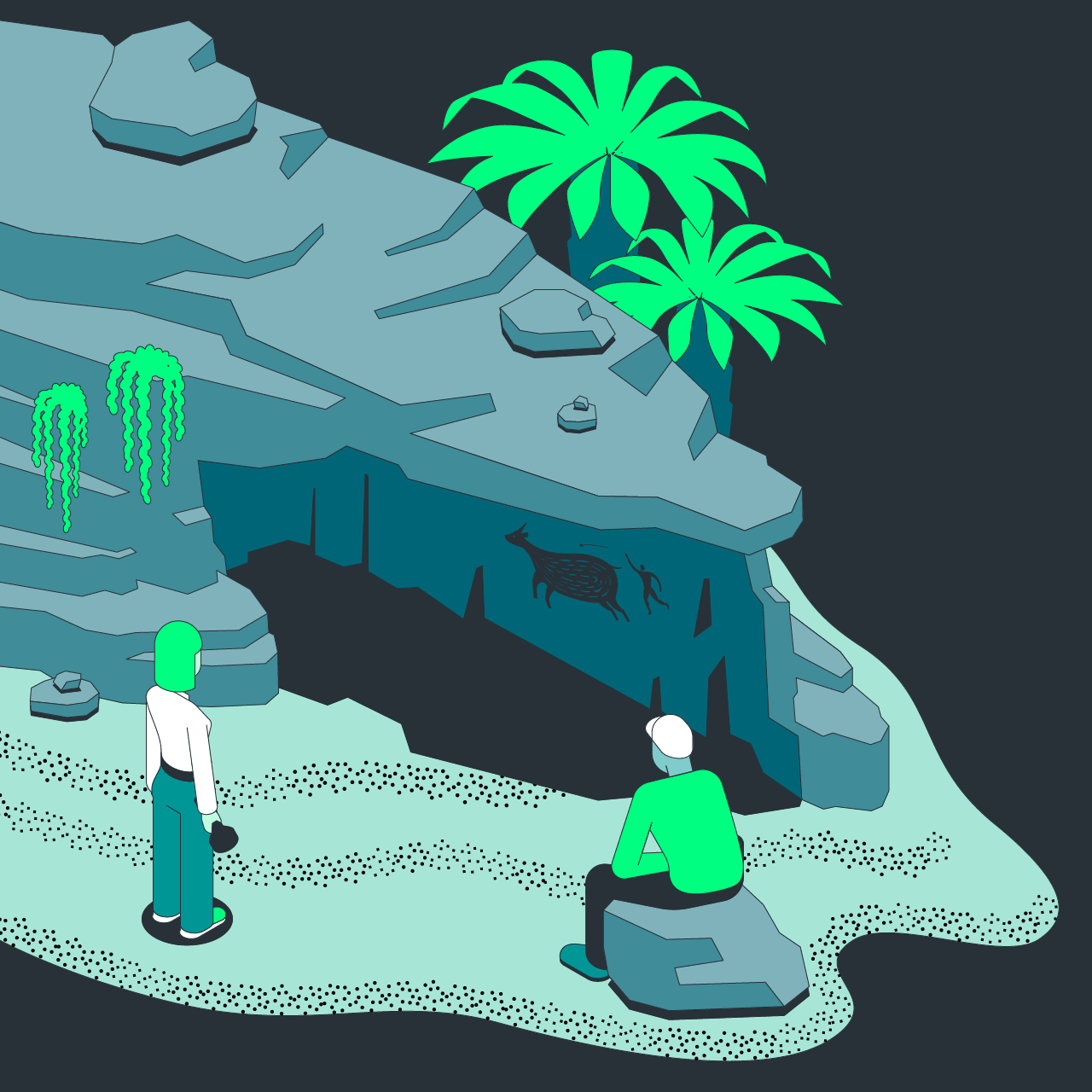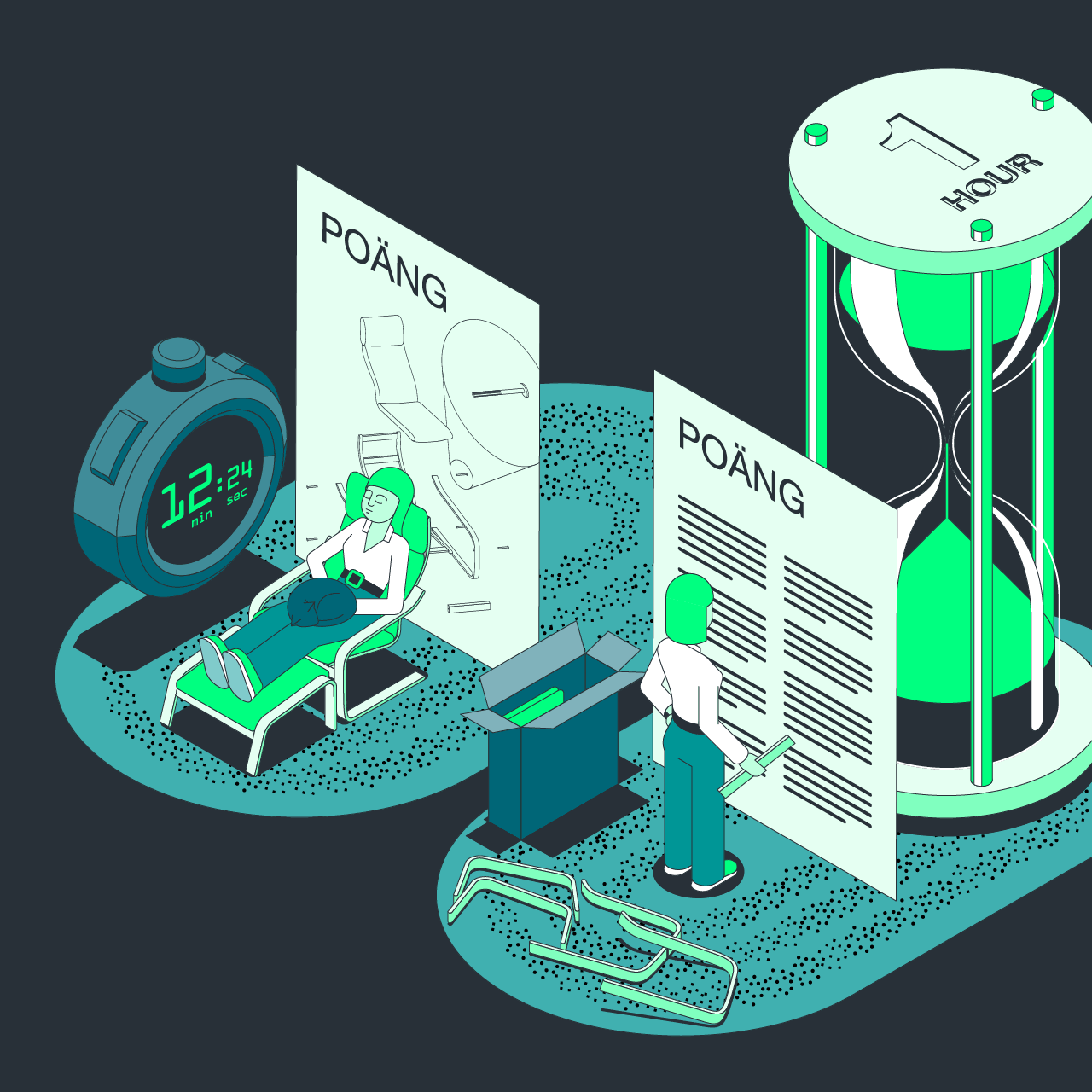Why use visualisation?
The dictionary definition makes the basic case…
Visualisation
verb, noun
The act of creating an image to represent information in a way that makes it easier to understand, or an example of such an image.
Read on for a more in-depth rationale…
2 MINUTE READ
The history
For at least 164,000 years, our ancestors have been mark-makers — their earliest known examples being abstract patterns scratched into stone. Then, around 50,000 years ago, a sea change occurred — they began to draw figuratively, creating images to communicate messages and bring their stories to life. We’ve been communicating with images for a very, very long time.
Sources: Smithsonian Magazine and BRIN
The science
We have evolved to interpret the world visually. And with good reason — mortal dangers were everywhere for the entire history of our (and every other) species. So, good vision, combined with the ability to identify and react to what we saw as quickly as possible, were essential to our survival. Our ability to identify images in a barely believable 13 milliseconds is testament to our brain’s visual processing power and goes a long way to explaining why almost 50 percent of our brain function is dedicated to it. We’re hard-wired visual thinkers.
Source: MIT
Images vs words,
simple
These examples show that, for the quick communication of simple messages, either words or images alone can do a great job. That said, images do have an advantage over words in that there is no language barrier to overcome. Despite this, it is still common to see both used together for the avoidance of doubt.
Images vs words,
complex
But when it comes to more complex messaging, for example, explaining how to assemble flat-pack furniture, images cut through the confusion, communicating more effectively than any number of words could hope to do, and in a fraction of the time.
So images good,
text bad, right?
Wrong!
Words are very much the Yin to images’ Yang and are often better for clarification and defining specifics, so it’s about getting the balance right. And when that happens, they are a tour de force for explaining pretty much anything.
To summarise…
When it comes to understanding multifaceted complex scenarios (like, say, corporate strategies), mapping them visually helps hugely with understanding. By contrast, remember that last presentation deck you saw and how all those bullet points worked together to create a cohesive story? I didn’t think so.
Images can make the abstract, tangible, and the mysterious, obvious. Things like scale, proximity, orientation, colour and metaphor can be leveraged to associate or differentiate, compare or contrast, emphasise or downplay, and demonstrate cause and effect.
When applied to strategy, these ‘strategy maps’ become powerful and highly engaging comms tools that often become the hub — or North Star — of strategy conversations thereafter.
strategy
The business case
By visually mapping a strategy onto a single page, all its key features appear in our field of vision simultaneously. This does a lot of the brain’s heavy lifting when it comes to understanding any complex scenario, giving us an overview of the entire strategy and allowing us to start joining the dots without having to rely on recall — something our brains struggle with even after very little complexity has arisen.
This freed-up cognitive capacity inspires more innovative, systemic thinking which, in turn, gives rise to real progress and change. And therein lies the power of visualisation for business.
[ GET IN TOUCH ]
process
How are strategy maps created?
It’s all about the process. In a nutshell, this is what it looks like:
1. Contact
The first call or meeting to discuss viability based on the broad parameters of the job, including scope, timeline, budget etc.
30–60 MINS
2. Immersion
A deep-dive session to analyse the brief in detail to gain a full understanding of the scope, goals and desired results, plus agree workflow, deliverables and timeline.
2–4 HOURS
3. Create
From initial creative concepts through to finished visual, this iterative process consists of design and review cycles until the work is finished. Timings differ significantly depending on complexity, illustration style, speed of feedback etc.
2–6 WEEKS
4. Launch
The timing of the launch is key to maximising the visual’s impact. If part of a wider campaign, consider how other events could distract from the visual’s rollout, and which could complement it.









